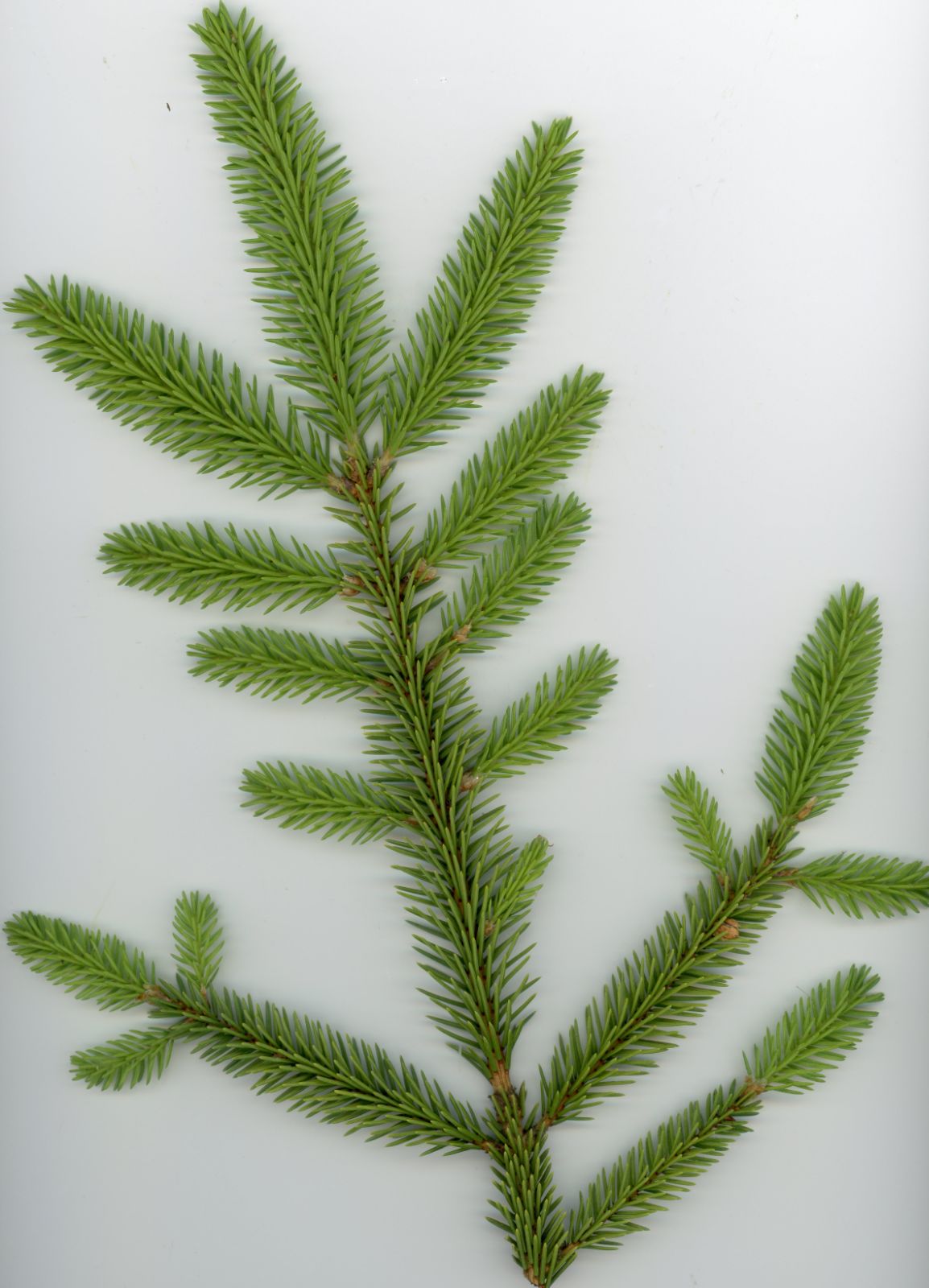Picea koyamae
Sponsor
Kindly sponsored by
This genus has been sponsored and new text is being prepared.
Credits
Article from Bean's Trees and Shrubs Hardy in the British Isles
Recommended citation
'Picea koyamae' from the website Trees and Shrubs Online (treesandshrubsonline.
Genus
Other taxa in genus
- Picea abies
- Picea alcoquiana
- Picea asperata
- Picea brachytyla
- Picea breweriana
- Picea chihuahuana
- Picea crassifolia
- Picea engelmannii
- Picea farreri
- Picea glauca
- Picea glehnii
- Picea jezoensis
- Picea koraiensis
- Picea likiangensis
- Picea linzhiensis
- Picea × lutzii
- Picea mariana
- Picea martinezii
- Picea maximowiczii
- Picea meyeri
- Picea morrisonicola
- Picea obovata
- Picea omorika
- Picea orientalis
- Picea polita
- Picea pungens
- Picea retroflexa
- Picea rubens
- Picea schrenkiana
- Picea sitchensis
- Picea smithiana
- Picea spinulosa
- Picea wilsonii
A tree 40 to 60 ft high in Japan, with a slender trunk and of densely branched, pyramidal habit, with a dark brown or blackish bark peeling off in paper-like flakes; young shoots brown, stronger leading shoots glabrous or slightly glandular, the lateral ones always more or less glandular-bristly; buds conical, light brown or purplish brown, resinous. Leaves 1⁄4 to 5⁄8 in. long, rigid, four-sided, dark green or grey-green, those on the upper side of the shoot pointing forward and upward (i.e., not appressed to the shoot), the under ones pectinately arranged. Cones cylindrical (smaller ones ovoid-cylindrical), 2 to 4 in. long, 11⁄4 to 11⁄2 in. wide, shining pale brown; scales broad and rounded, with slightly jagged margins.
This spruce was discovered in the Shinano province of Central Japan by Koyama, on Yatsugatake, at elevations of 5,000 to 6,000 ft; afterwards found in Korea, where Wilson collected it in 1917. It was introduced by him from Japan in 1914 to the Arnold Arboretum and thence to Kew in the following year; seed from the Korean expedition was distributed in Britain in 1918. According to Wilson, who visited its Japanese habitat in company with its discoverer in 1914, this spruce is only known to exist there in a grove of about one hundred trees. He described it as shapely and decidedly ornamental.
P. koyamae is hardy in Britain but only to be seen in a few collections. Among the largest specimens are: National Pinetum, Bedgebury, Kent, pl. 1928, 57 × 5 ft (1970); Warnham Court, Sussex, 60 × 4 ft (1971); Borde Hill, Sussex, 70 × 41⁄4 ft (1973); Stanage Park, Radnor, 66 × 4 ft (1970). There is a tree measuring 44 × 21⁄2 ft in the Pinetum of the Royal Horticultural Society at Wisley (1969).
From the Supplement (Vol. V)
Whether this species extends to the mainland of east Asia depends on the status given to related spruces occurring in the mountains of Korea, north-east China and the Ussuri region of Russia. Three names are involved: P. koraiensis Nakai, P. pungsanlensis Uyeki ex Nakai and P. intercedens Nakai. The first has been included in P. koyamae in synonymy, or treated as a variety of it, but other authorities accept it as a distinct species with the other two under it as varieties. The Chinese form or ally of P. koyamae was seen by Roy Lancaster in the Changbai reserve near the Korean border, where it makes a neat symmetrical tree with sea-green or grey-green foliage, growing scattered with P. jezoensis.
specimens: R.H.S. Garden, Wisley, Surrey, 47 × 23⁄4 ft (1975); Borde Hill, Sussex, 70 × 41⁄2 ft (1979); Warnham Court, Sussex, this tree died 1978; National Pinetum, Bedgebury, Kent, pl. 1928, 66 × 53⁄4 ft (1981); Stanage Park, Powys, 70 × 41⁄4 ft (1978); Whitehills, Kirkc., 66 × 23⁄4 ft (1984); Blairquhan, Ayrs., 59 × 41⁄2 ft (1984).


